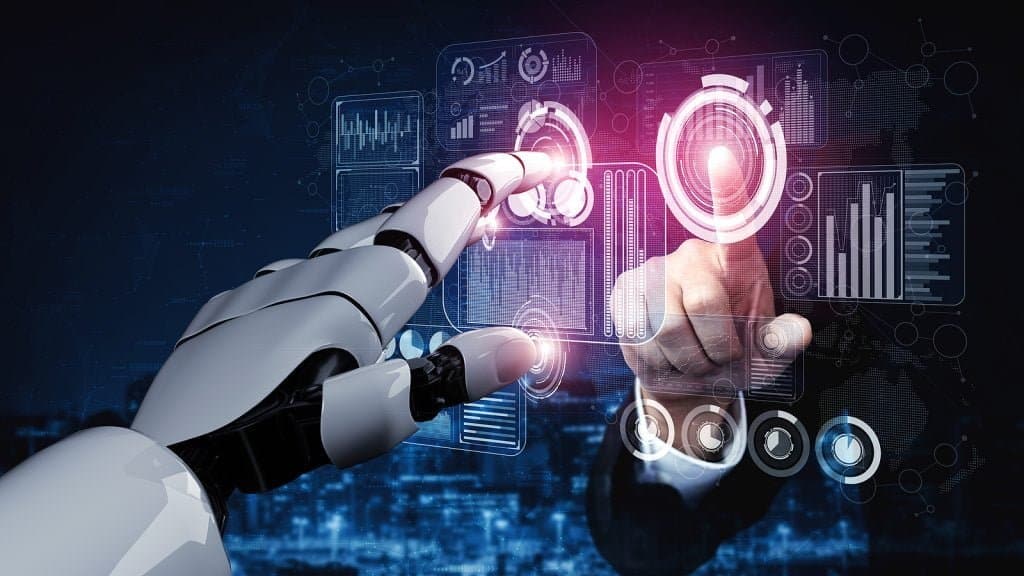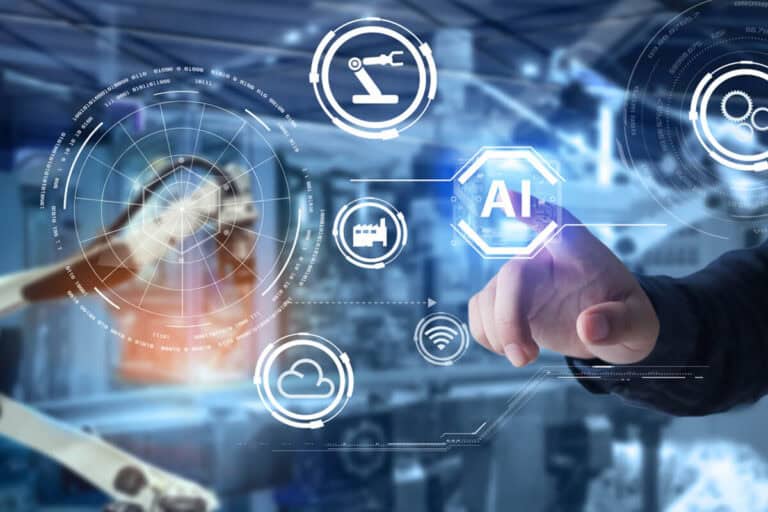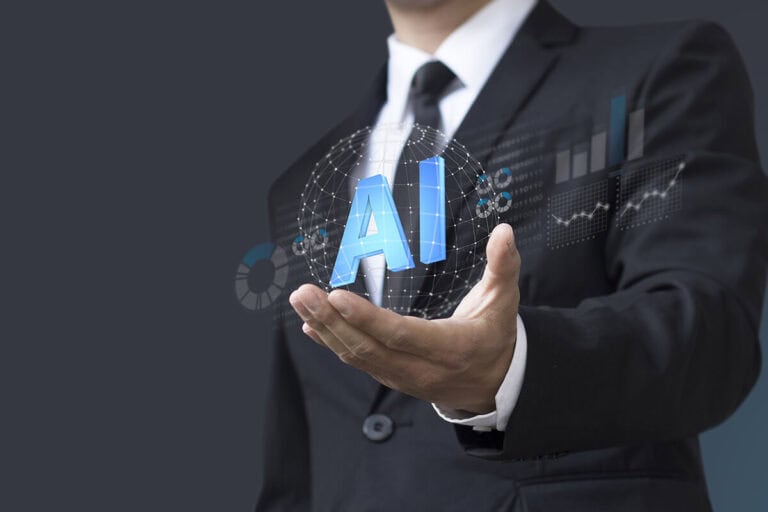Learning is part of the growing process of every living creature. Plants learn how to photosynthesize, animals learn how to hunt, and humans learn how to ride a bike. It’s a universal skill that comes with every organism on this planet. But what if I told you that machines can learn too? Scary, right?
Table of Contents
ToggleMachine learning (ML) is a strange new concept, that if you get more into it, can be very interesting. That’s why grabbing yourself a quality machine learning online course might be a great idea!
Machines can learn too, and actually on their own! Don’t worry, your computer won’t be gaining life if you start doing some experiences, but I hope I can open your mind to these amazing aspects, especially on how much technology has improved in the past few years.
What Is Machine Learning and How Does It Work?
To sum it up, it’s all about computing. It’s a bit different than programming, in a way that involves a computer to recognize patterns in Data by its examples, and not by specific rules. It’s about creating algorithms (kind of like a set of rules) that learn from complex patterns, which come from Data that predicts them.
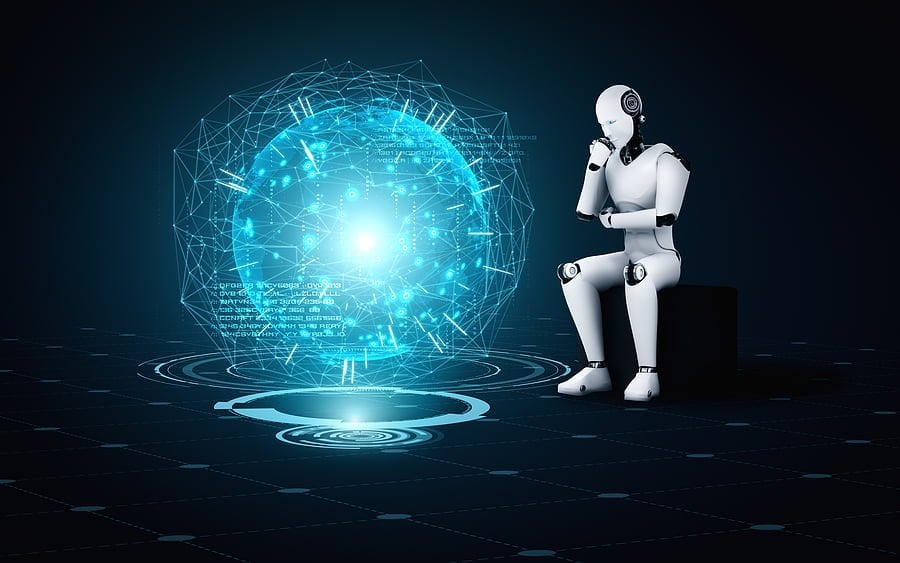
This process requires the computer to understand and interpret on its own. (Crazy, but true!) Basically, it gives the computer instructions that allow it to learn from data without the step-by-step mode instructions created by a programmer.
Here it is step-by-step:
- Input Data or Old Data
- The computer quickly analyzes it
- The computer finds patterns in it
- The computer predicts meaning or makes a decision
- The computer then learns from the feedback provided and each time it gets a little more accurate
Think of this as giving information to the machine. If you input a picture of a dog with the word “dog” labeled on it, it will create an algorithm and help it identify the rules that classify pictures of dogs in advance. The more information you give it, the smarter it gets. The machine works by using old data to get information about what’s the most likely to happen, so the amount of information saved by the old data might truly be relevant to the new inputted data.
Types of Machine Learning
Basically, a machine learning model applies a mix of different techniques, but the methods can be categorized into three general types:
- Supervised Learning: Usually, the machine works by using labeled data given by humans, like a reference to a typical form or object. Of course, it’s easier to train a machine to learn with labeled data.
- Unsupervised Learning: The information is not labeled, so the machine has to work on the algorithm while being asked to identify certain patterns in the input data to come up with an answer. The machine associates groups, separating them and creating meanings in each one of them, so the algorithm can categorize them in a certain form, for example, on e-commerce systems.
- Reinforcement Learning: Think of the machine as a dog. It will be rewarded if it gets the job well done. First, it requires the use of a reward/penalty system – it’s a more interactive step since the machine continues to learn. You train it to play Super Mario or to self-drive cars, using a number of patterns to associate what is right and wrong.
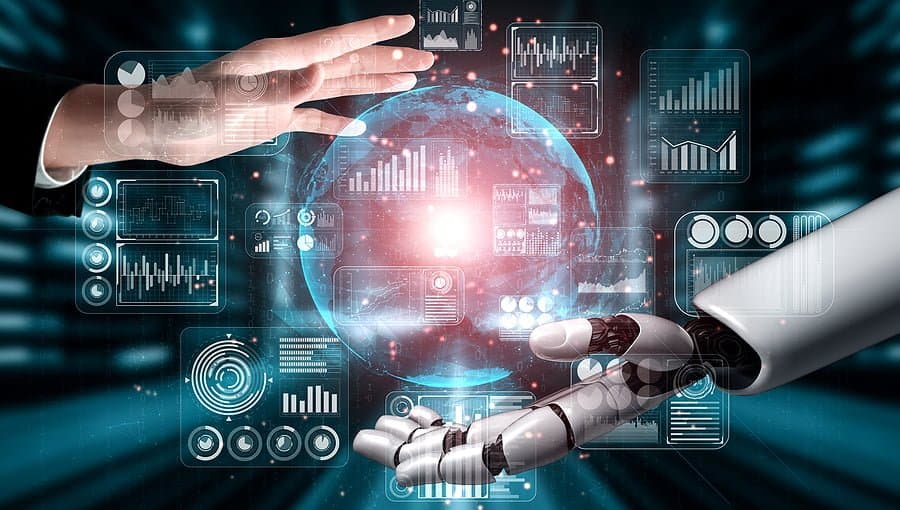
What Is It Good For?
You might not realize it yet, but machine learning has a great impact on society. Furthermore, advances in technology have helped several sectors to develop more accurate and quicker methods in order to take action more precisely in our every-day lives.
For example, in healthcare, you now have machines that predict faster and more accurate patient diagnosis for doctors to review. In biology, this field of “artificial intelligence” has become tremendously important, as scientists are now able to identify patterns in gene mutations that could represent cancer or other diseases. You can even notice machine learning on social-networking. It creates a “better match” on dating websites, for example, according to your personal preferences. The same thing happens on e-commerce when it comes to customer compatibility, or even in the financial market by predicting a fraudulent activity. It’s terrifying and amazing how much this can help humankind.
Machine Learning Benefits
As you can see, machine learning is very powerful and can totally change how things work. The advantages include five main aspects that show how humankind can benefit from this science.
Transparency
It can easily identify trends and new patterns, processing a huge amount of data, and discover specific algorithms. It serves to specifically understand browsing behaviors, continuously improving every step of the way. The machine gains experience, and the algorithms learn how to make more and faster predictions, especially when it comes to social media management, by simplifying product marketing and assisting on more accurate sales forecasts.
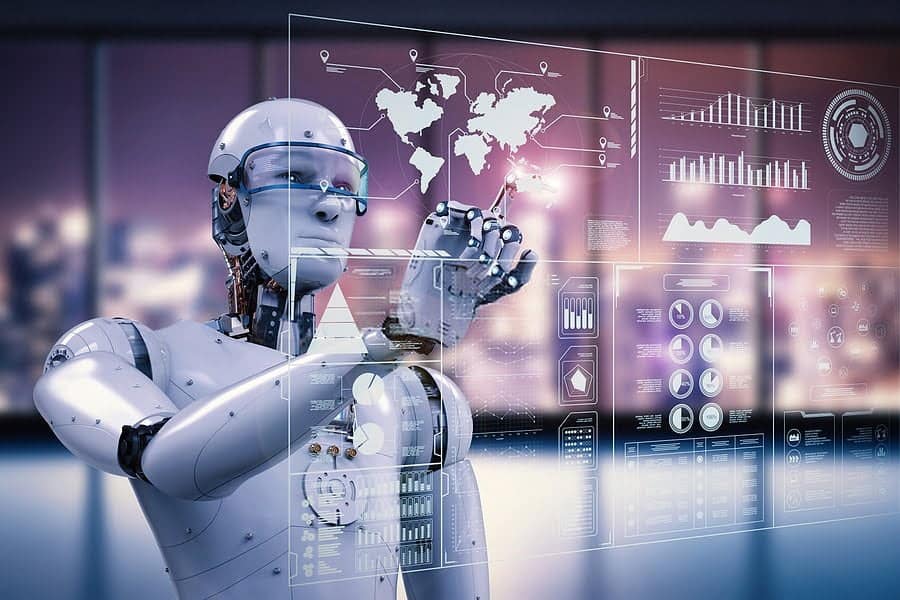
Automation
You will allow the machine to learn by itself every step of the process, so you won’t have to “babysit”. It makes predictions and also improves the algorithms on its own.
Dynamics and Variety
As the process continues to update, machine learning algorithms handle even more data with multi-dimensional and variety types, increasing the efficiency of predictive maintenance and minimizing the chances of unexpected failures. Capable of wide applications.
Summary
Strange as it may seem, machine learning is a benefit for humankind. By being a subset of Artificial Intelligence (AI), and with the Internet and virtual environments developing worldwide – it’s great that its advances can totally change your mind and ways of work.
Summary:
A Beginner’s Guide to Machine Learning
1. Input data or use old data 2. The computer quickly analyzes it 3. The computer identifies patterns 4. The computer predicts meaning or makes a decision 5. The computer then learns from the feedback provided and each time it gets a little more accurate. Types of maching learning: 1. Supervised Learning: Usually, the machine works by using labeled data given by humans, like a reference to a typical form or object. Of course, it’s easier to train a machine to learn with labeled data. 2. Unsupervised Learning: The information is not labeled, so the machine has to work on the algorithm while being asked to identify certain patterns in the input data to come up with an answer. The machine associates groups, separating them and creating meanings in each one of them, so the algorithm can categorize them in a certain form, for example, on e-commerce systems. 3. Reinforcement Learning: Think of the machine as a dog. It will be rewarded if it gets the job well done. First, it requires the use of a reward/penalty system – it’s a more interactive step since the machine continues to learn. You train it to play Super Mario or to self-drive cars, using a number of patterns to associate what is right and wrong.

